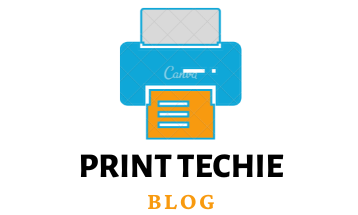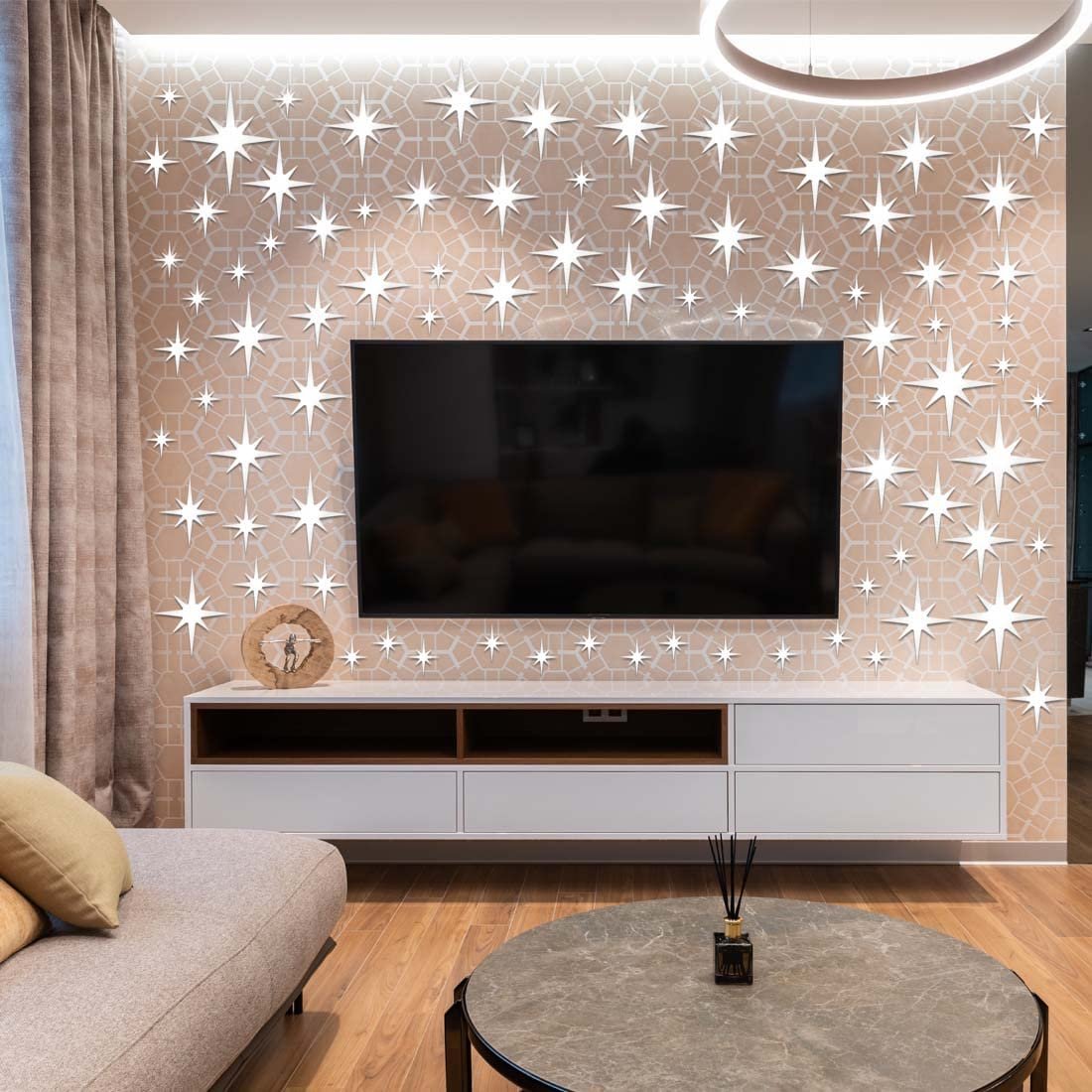If you’re into 3D printing, you already know that selecting the correct materials is critical to getting the greatest results. Mirrors and Glass are two common materials used in 3D printing. But which is better? In this blog article, we’ll compare 3D Print Mirror vs. Glass to help you determine which material is ideal for your project.
To begin, let us define 3D printing. It is a manufacturing method that produces a three-dimensional product from a digital design. The printer adds layer upon layer of material until the final product is ready. 3D printing has changed how we make things, from prototypes to completed items.
Choosing the correct material for your project is important for 3D printing. Mirror and Glass are two popular choices, both having advantages and drawbacks. Understanding their distinctions allows you to make an informed selection and achieve the best outcomes possible.
3D Printed Mirror vs. 3D Printed Glass: Which is Better?
Choosing between 3D printed Mirrors and 3D-printed Glass might be difficult since each has advantages and disadvantages. We’ll compare the two resources in this section to help you make an informed selection.

What is a 3D Printed Mirror?
A 3D-printed mirror is a Mirror made with 3D printing technology. It is a one-of-a-kind Mirror because it is made with additive manufacturing technology, in which layers of material are layered on top of each other to create a 3D item.
Advantages of 3D Printed Mirror:
Generating personalized shapes and designs is one of the most significant advantages of 3D-printed mirrors. This type of Mirror may be made in various forms, sizes, and styles, providing additional options when producing one-of-a-kind goods. Furthermore, because 3D-printed mirrors are lighter than traditional mirrors, they are ideal for applications where weight is an issue.
3D Printed Mirror Disadvantages:
One of the major disadvantages of 3D-printed mirrors is their high cost. The cost of generating a mirror using 3D printing technology might be greater than traditional production processes. Furthermore, 3D-printed mirrors may be less durable than traditional mirrors and require more maintenance.
3D Printed Mirror Applications:
3D-printed mirrors may be used for various reasons, including decoration, interior design, and academic research. They may be used for art installations, home design, and the automobile sector, among other things. The various forms and styles that 3D printing technology can produce make it an appealing alternative for designers and architects wishing to manufacture personalized mirrors.

What is 3D Printed Glass?
A 3D printed glass is a form of Glass made with 3D printing technology. It entails heating glass particles until they become liquid and depositing them layer by layer to form a three-dimensional object.
Advantages of 3D Printed Glass:
The strength and durability of 3D-printed Glass are important benefits. 3D-printed Glass is resistant to chemical damage and can endure high temperatures, making it a great choice for applications where durability is critical. Furthermore, 3D-printed Glass can produce complex and intricate designs that would be difficult or impossible to achieve using traditional glass-making methods.
Disadvantages of 3D Printed Glass:
The cost of 3D-printed Glass is one of its key drawbacks. The cost of generating a glass product might be greater than traditional manufacturing processes since 3D printing technology is currently relatively pricey. Furthermore, 3D-printed Glass may necessitate additional post-processing work, such as polishing, to achieve a smooth and clear finish.
Applications of 3D Printed Glass:
3D-printed Glass has several applications, including jewelry manufacturing, creative creations, scientific study, and building. It can produce complex patterns for jewelry, ornamental goods, and architectural applications like glass facades and barriers. In scientific studies, 3D-printed Glass is utilized to make microfluidic devices.
Read more about: Learn How to 3D Print Clay Cutters like a Pro – Step by Step
Mirror 3D Printed:
Mirror 3D printing may be the greatest solution. It allows for greater flexibility in design and may be manufactured in various forms and sizes. However, it may not last as long as traditional mirrors and will necessitate more maintenance.
One advantage of 3D-printed mirrors is the ability to construct elaborate designs that would be difficult or impossible to manufacture with traditional mirror-making methods. In 3D printing, the reflective filament can produce interesting optical effects and distortions.
3D-printed mirrors, on the other hand, may not be as durable as regular mirrors and may need more care. Furthermore, 3D-printed mirrors may not be suitable for all applications because they lack the clarity and reflectivity of traditional mirrors.

3D Printed Glass:
The 3D-printed Glass might be an excellent choice. It may be used to produce complicated and detailed designs and is resistant to high heat and chemical damage. It may, however, be more expensive than standard glass-making processes and need more post-processing labor to produce a clean finish.
One advantage of 3D-printed Glass is its longevity and its resistance to heat and chemical damage. As a result, it is suited for a wide range of applications, including high-temperature settings and chemical processing.
However, because 3D-printed Glass requires more post-processing work to achieve a clear finish, it may be more expensive than traditional glass-making methods. Furthermore, 3D-printed Glass may not be suitable for all applications because it lacks the clarity and transparency of traditional Glass.
Finally, the decision between 3D printed Mirror and 3D printed Glass comes down to the particular requirements of your project. Consider design flexibility, durability, cost, and post-processing effort before deciding. It’s also worth noting that 3D printing technology is always improving, so new materials and processes may become accessible, giving you even more alternatives for your 3D printing projects.
FAQs:
Is 3D printing on Glass better?
There are benefits and drawbacks to 3D printing on Glass. It is resistant to high temperatures and chemical corrosion and may be utilized to produce intelligent and intricate shapes. It may, however, be more expensive than standard glass-making processes and need more post-processing labor to produce a clean finish.
Can normal Glass be used for the 3D printer?
On the other hand, normal Glass cannot be used for 3D printing. 3D printed Glass is made using an additive manufacturing technique in which a 3D model is built up layer by layer using a particular glass filament. This approach differs from standard glass-making procedures, which require melting and shaping Glass at high temperatures.
What is the difference between Mirror and Glass?
While mirrors and Glass are transparent, there is a significant difference between the two. Glass is a clear, solid substance often used in windows, doors, and other home objects. Mirrors, on the other hand, are purpose-built to reflect light and produce an image. Mirrors are often manufactured by covering a flat surface with a reflective substance, such as aluminum or silver, such as Glass.
Which material is better for 3D printing?
The material used in 3D printing is chosen for the unique project needs. 3D manufactured Mirror allows for more creative rights, whereas 3D printed Glass is sturdy, durable, and resistant to high temperatures and chemical damage. PLA, ABS, PETG, nylon, and TPU are more common 3D printing materials.
Can I 3D print a mirror?
Yes, you can 3D print a mirror with reflective filament or 3D print a mold and then put a reflecting coating. 3D-printed mirrors, on the other hand, may not be as durable as regular mirrors and may need more care.
Conclusion:
3D printing technology is changing the manufacturing business by enabling the creation of unique and one-of-a-kind things. Whether you’re making a personalized mirror or a glass product, 3D printing technology allows you to create explain and complicated structures that would be difficult or impossible to produce with traditional manufacturing processes.
As 3D printing technology advances, new materials and processes will emerge, allowing even more opportunities for making bespoke and one-of-a-kind products. You may continue to develop your knowledge and remain ahead of the curve in this fascinating and fast-increasing profession by being educated and up to speed on the newest advances in 3D printing technology.

